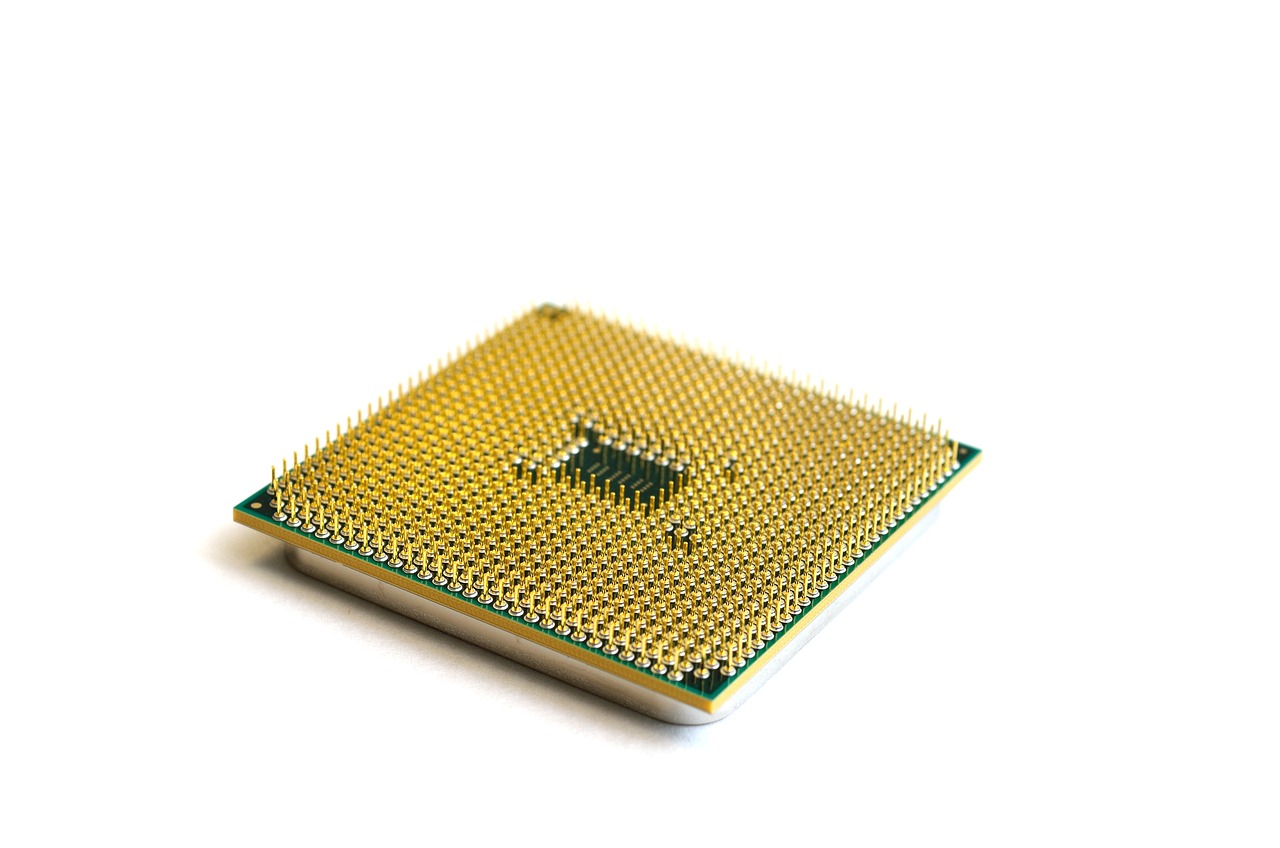The Emergence of Edge Computing in IoT Networks
Edge computing has emerged as a transformative technology in the realm of IoT networks, offering a solution to the challenges posed by traditional cloud-based systems. By processing data closer to where it is generated, edge computing enables faster response times and reduced latency, crucial for time-sensitive applications. This shift towards decentralized data processing not only enhances performance but also improves overall network efficiency.
Furthermore, the adoption of edge computing in IoT networks holds the promise of increased security and privacy measures. With sensitive data being processed locally, the vulnerability associated with transmitting information to a centralized cloud server is significantly decreased. This distributed architecture allows for data to be protected at its source, addressing concerns regarding data breaches and unauthorized access.
Understanding Edge Computing in the Context of IoT
Edge computing is a distributed computing paradigm that brings computation and data storage closer to the location where it is needed the most – at the edge of the network. In the context of IoT, this means that data processing and analysis can occur on devices or local servers, rather than relying solely on a centralized cloud infrastructure. By leveraging edge computing, IoT devices are able to make real-time decisions, reducing latency and improving overall system efficiency.
This shift towards edge computing in IoT networks has several advantages. It allows for faster response times, as data doesn’t need to travel back and forth to a centralized server, making it ideal for applications that require immediate action. Additionally, edge computing reduces the amount of data that needs to be transmitted to the cloud, which can lead to cost savings and improved network bandwidth utilization. By processing data at the edge, IoT networks can also enhance security and privacy by keeping sensitive information closer to the source.
Challenges and Opportunities of Implementing Edge Computing in IoT Networks
Implementing edge computing in IoT networks presents a myriad of challenges. One of the key issues is security, as data processing at the edge introduces new vulnerabilities that need to be addressed. Ensuring data privacy and protection against cyber threats becomes paramount in such decentralized systems.
On the other hand, the opportunities that come with implementing edge computing in IoT networks are vast. One significant advantage is the reduction in latency, leading to faster response times and improved overall performance. This enables real-time decision-making and enhances user experience, particularly in applications where speed is crucial.
What is the role of edge computing in IoT networks?
Edge computing plays a crucial role in IoT networks by enabling data processing closer to the source, reducing latency and improving overall network efficiency.
How does edge computing differ from cloud computing in the context of IoT?
Edge computing processes data closer to the source, while cloud computing involves centralized data processing in remote servers. Edge computing helps in faster data processing and real-time decision-making.
What are some of the challenges in implementing edge computing in IoT networks?
Challenges include limited computing resources at the edge, data security concerns, and the need for proper infrastructure to support edge computing capabilities.
What opportunities does edge computing present for IoT networks?
Edge computing offers opportunities for improved scalability, reduced latency, enhanced data privacy, and the ability to process data in real-time for critical applications in IoT networks.
How can organizations overcome the challenges of implementing edge computing in IoT networks?
Organizations can overcome challenges by investing in robust edge computing infrastructure, implementing stringent security measures, and ensuring proper data management practices to make the most of edge computing in IoT networks.





